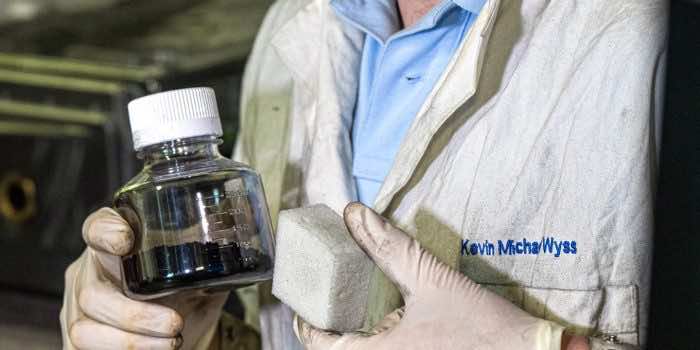Industries these days are focused on the recycling of plastic waste, which would otherwise pose a threat not only to human beings but also to marine life. Considering this, researchers at Rice University aligned with the “Ford’s Research & Innovation Centre” to recycle plastic waste from the used cars that have now become obsolete, and then convert this waste into a graphene foam, which can then be deployed into new cars. This is considered the most economical process as it will not only utilize less energy during the process but will also consume already available resources.

To demonstrate the effectiveness of this experiment, researchers from both Rice University and Ford have come together on the same wavelength. For this purpose, Ford Motor Company has collaborated by sending about 4.5 kg (10 lb) of waste material compiled from its used cars, including leftover carpets, dissipated bumpers, mats, seat covers, etc. Most of them emanated from the old F-150 pickup trucks.
The course of action consisted of crushing the collected waste into refined grains. After this, it was exposed to heating with temperatures ranging from 2,027 °C to 2,727 °C (3,680 °F to 4,940 °F). The time required for heating will vary from 10 seconds to 16 seconds. It is until the moment we see the waste being converted into flakes. However, this activity will first separate the carbon from the waste material and then convert it into graphene flakes, which is the primary material to be deployed as plastic in new cars without any cost of purchasing the new ones.

On the other hand, 70% of material from the waste will be produced as a by-product in the form of gases, which can then be employed in a lot of other industrial sectors as well. This graphene waste would then be easily consumed in various areas of improvement, thereby achieving economies of scale. The graphene obtained from this experiment was used by the Ford researchers to incorporate it with the polyurethane foam that would be used to insulate the vehicle from noise and other mechanical disruptions.
The results from the experiment showed that tensile strength was 34% higher and sound-absorbing frequency was 25% more effective through the use of graphene in this process. However, only 0.1% of graphene was required in this mechanism, which also demonstrates its lightweight nature. The method is a win-win both from the economic perspective as well as from the sustainability standpoint.


